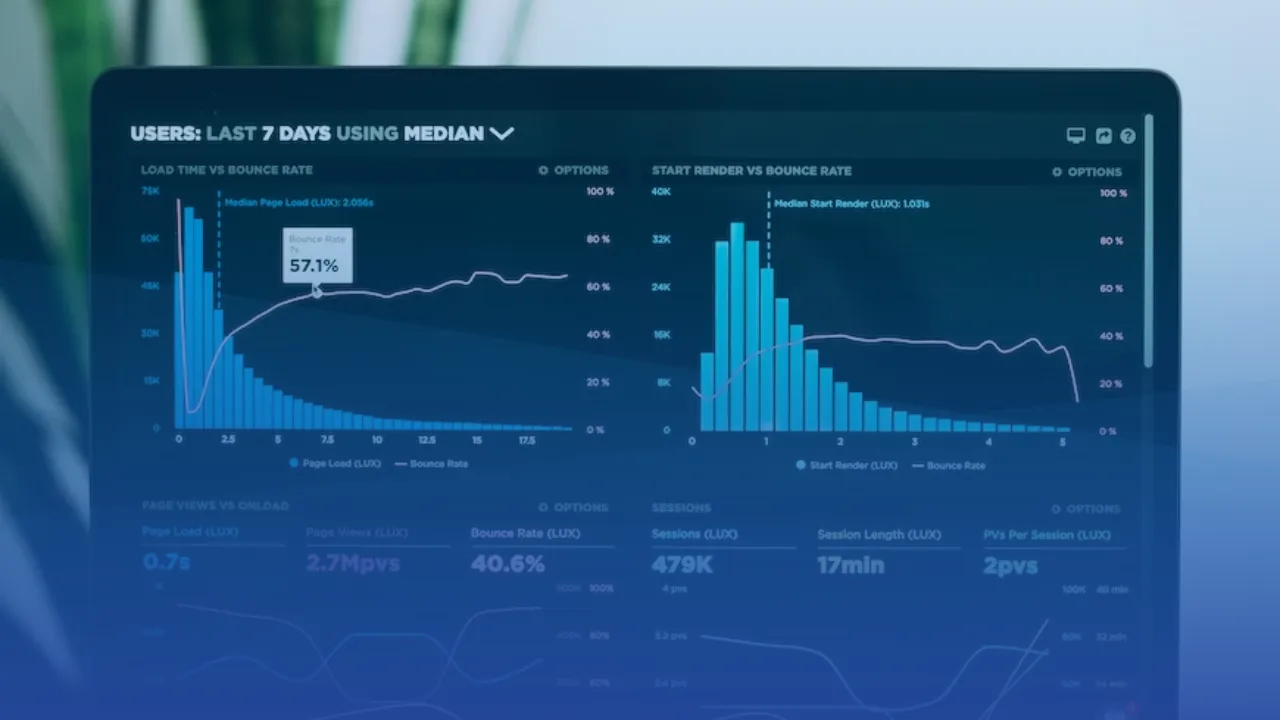Revolutionise Your Business with Data Engineering: 8 Proven Methods
|
|
19 JUNE 2023 |
Revolutionise Your Business with Data Engineering: 8 Proven Methods
In today's data-driven world, businesses are constantly seeking ways to gain a competitive edge and make informed decisions. Data engineering plays a crucial role in this process by providing the foundation for effective data management and analysis. This article explores eight proven methods to revolutionise your business using data engineering.
- Method 1: Building a Data Infrastructure
- Method 2: Data Integration
- Method 3: Data Warehousing
- Method 4: Data Cleansing
- Method 5: Data Transformation
- Method 6: Data Modelling
- Method 7: Data Governance
- Method 8: Data Visualisation
Before diving into the methods, it's essential to understand the concept of data engineering. Data engineering involves designing, building, and managing the infrastructure and systems necessary to collect, process, and analyze data. It encompasses various stages, including data integration, warehousing, cleansing, transformation, modelling, governance, and visualisation.
Method 1: Building a Data Infrastructure
A robust data infrastructure forms the backbone of any successful data engineering initiative. It involves setting up the hardware, software, and network infrastructure to support data storage, processing, and retrieval. By investing in scalable and secure infrastructure, businesses can handle large volumes of data and ensure high availability.
Method 2: Data Integration
Data integration is the process of combining data from multiple sources into a unified view. It enables businesses to access and analyse data from various systems, such as databases, APIs, and third-party applications. Implementing robust data integration techniques ensures data consistency, accuracy, and timeliness.
Method 3: Data Warehousing
Data warehousing involves the collection, storage, and management of data from various sources for analysis and reporting. By centralising data into a data warehouse, businesses can perform complex queries, generate insights, and support decision-making processes. Implementing a data warehousing solution provides a comprehensive and consolidated view of the organisation's data.
Method 4: Data Cleansing
Data cleansing is the process of identifying and correcting or removing errors, inconsistencies, and inaccuracies within the data. By ensuring data cleanliness, businesses can improve data quality and reliability, leading to more accurate analysis and decision-making. Implementing data cleansing techniques helps eliminate duplicate records, standardize data formats, and enhance overall data integrity.
Method 5: Data Transformation
Data transformation involves converting raw data into a format suitable for analysis and reporting. It includes tasks such as data aggregation, normalisation, filtering, and enrichment. By transforming data, businesses can derive meaningful insights and uncover patterns, trends, and relationships that drive strategic decision-making.
Method 6: Data Modelling
Data modelling is the process of designing the structure and relationships of a database to represent the business's data requirements. By creating a well-designed data model, businesses can organize and structure their data effectively. This facilitates efficient data storage, retrieval, and analysis, ultimately supporting better decision-making processes.
Method 7: Data Governance
Data governance involves establishing policies, procedures, and controls to ensure data quality, integrity, and security. It encompasses data privacy, compliance, access control, and data lifecycle management. By implementing robust data governance practices, businesses can mitigate risks, ensure regulatory compliance, and build trust with customers and stakeholders.
Method 8: Data Visualisation
Data visualisation is the graphical representation of data to facilitate understanding and analysis. It involves using charts, graphs, and interactive dashboards to present complex data in a visually appealing and intuitive manner. By leveraging data visualisation techniques, businesses can gain actionable insights, communicate information effectively, and make data-driven decisions.
Conclusion
Data engineering provides businesses with the tools and methods to harness the power of data and drive success. By building a strong data infrastructure, integrating data sources, implementing data warehousing and cleansing techniques, transforming data, modelling databases, enforcing data governance, and utilising data visualisation, businesses can unlock the full potential of their data assets.
FAQ
Data engineering enables businesses to gather, integrate, clean, transform, model, govern, and visualize their data, leading to improved decision-making, enhanced operational efficiency, and increased competitive advantage.
Popular data engineering tools include Apache Hadoop, Apache Spark, SQL databases (e.g., MySQL, PostgreSQL), ETL (Extract, Transform, Load) tools like Apache Airflow, and data visualization platforms like Tableau and Power BI.
To ensure data security, businesses can implement measures such as data encryption, access controls, regular security audits, data anonymization techniques, and compliance with relevant data protection regulations.
Proficiency in programming languages like Python or Java, knowledge of SQL and database management, data modelling skills, familiarity with cloud platforms (e.g., AWS, Azure), and understanding of data governance principles are essential for implementing data engineering methods.
The success of data engineering projects can be measured through key performance indicators (KPIs) such as data quality, data accessibility, time-to-insights, cost savings, and the impact of data-driven decisions on business outcomes.











